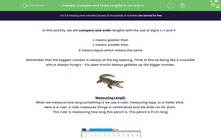In this activity, we will compare and order lengths with the use of signs >, < and =
> means greater than
< means smaller than
= means equal which means the same
Remember that the biggest number is always at the big opening. Think of this as being like a crocodile who is always hungry - his open mouth always gobbles up the bigger number.
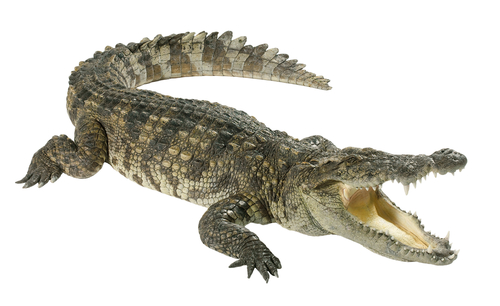
Measuring Length
When we measure how long something is we use a ruler, measuring tape, or a meter stick.
Here is a ruler. A ruler measures things in centimetres and we write cm for short.
This ruler is measuring how long this pencil is. This pencil is 8 cm long:
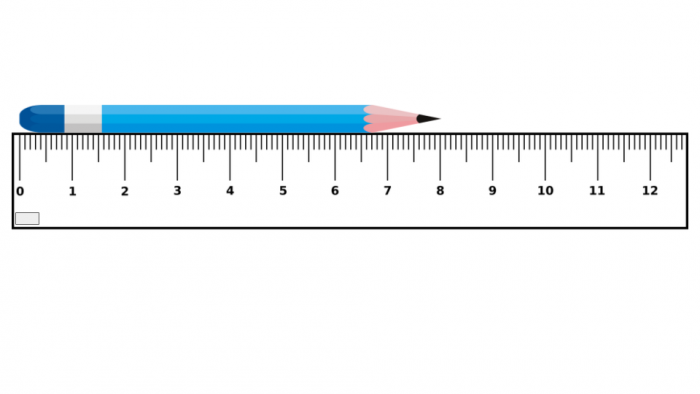
We would use a measuring tape, a tape measure or a meter stick to measure bigger things.
We could measure things like the height of a child, the length of a table or the size of a bicycle.
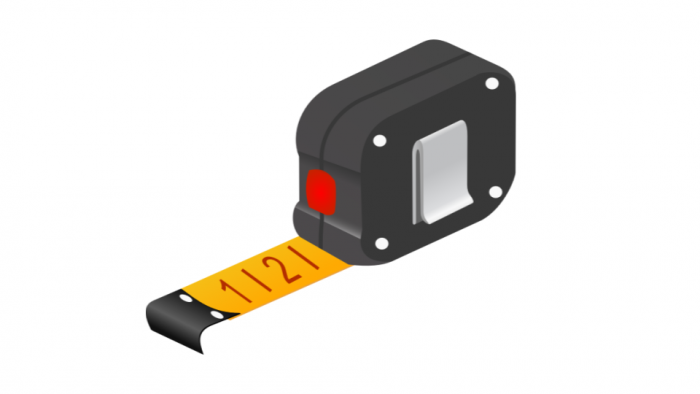
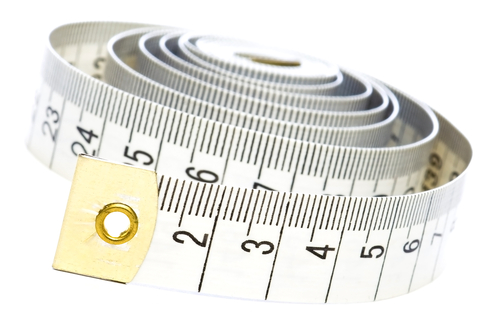
100 cm is the same length as one metre.
We write m to represent metre: 100 cm = 1 m
We will be comparing lengths using these symbols and ordering lengths from smallest to largest.
Keep your eye on the unit of measure - is it in cm or m?
Let's have a look at an example.
Example
Fill in the missing symbol: >, < or =
50 cm .gif) 1 m
1 m
Answer
Which length is bigger?
Here, we have 50 centimetres and one metre.
Remember that 1 m is the same as 100 cm.
So which is bigger? 100 cm or 50 cm?
100 cm is bigger.
Remember, the crocodile eats the biggest number so it will eat the 1 m like this:
50 cm  1 m
1 m
This reads 50 centimetres is smaller than 1 metre
Are you ready to have a go at some questions now?

